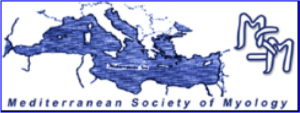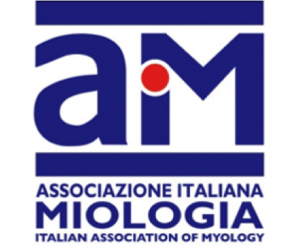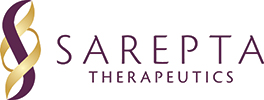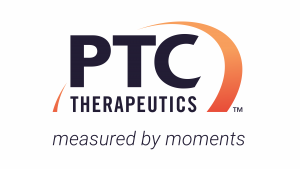The myotonic dystrophies are the commonest cause of adult-onset muscular dystrophy.
Phenotypes of DM1 and DM2 are similar, but there are some important differences, including the presence or absence of congenital form, muscles primarily affected (distal vs proximal), involved muscle fiber types (type 1 vs type 2 fibers), and some associated multisystemic phenotypes. There is currently no cure for the myotonic dystrophies but effective management significantly reduces the morbidity and mortality of patients. For the enormous understanding of the molecular pathogenesis of myotonic dystrophy type 1 and myotonic dystrophy type 2, these diseases are now called “spliceopathies” and are mediated by a primary disorder of RNA rather than proteins. Despite clinical and genetic similarities, myotonic dystrophy type 1 and type 2 are distinct disorders requiring different diagnostic and management strategies. Gene therapy for myotonic dystrophy type 1 and myotonic dystrophy type 2 appears to be very close and the near future is an exciting time for clinicians and patients.






